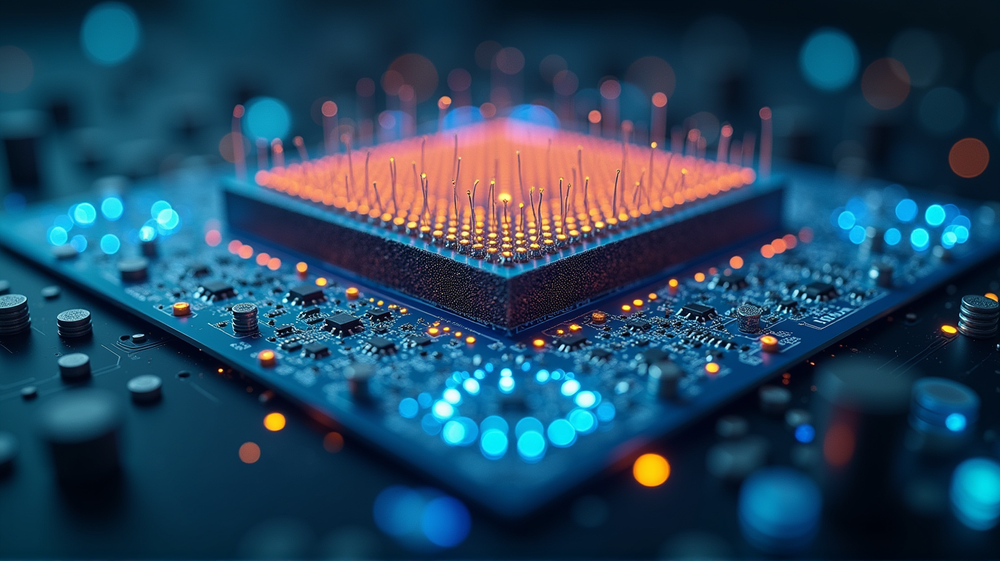Revolutionizing Artificial Sensory Devices with Two-Dimensional Materials
The world of artificial sensory technology is on the brink of a revolutionary change, largely thanks to the unique properties of two-dimensional (2D) materials. In particular, materials like graphene and transition metal dichalcogenides (TMDs) are capturing the imagination of scientists and engineers. With their atomic-scale thinness and remarkable flexibility in electrical, mechanical, and optical domains, these materials are becoming the backbone of next-generation neuromorphic devices.
A New Horizon in Neuromorphic Devices
Neuromorphic devices that mimic the synaptic activities of the human brain are heralded as the future of computing. With 2D materials, the potential to create devices that can perform complex computations while consuming minimal power becomes a reality. Graphene’s high electron mobility makes it an excellent choice for creating conductive channels. Meanwhile, TMDs such as MoS₂ add varied functionality, from semiconductors to insulators.
Overcoming the Von Neumann Bottleneck
The architecture of traditional computing systems often faces bottlenecks due to the separation of memory and processing units. Two-dimensional materials grant neuromorphic devices the capacity to integrate these components, promoting parallel processing and local data storage. This innovation promises enhanced speed and energy efficiency, crucial for applications in AI, robotics, and beyond.
Challenges in Adopting 2D Materials
Despite the vast potential, challenges such as scalability, uniformity, and integration with existing technologies loom large. Efforts to achieve consistent performance and reliability in device fabrication are crucial. Researchers are looking into scalable methods like Chemical Vapor Deposition (CVD) for better production quality across wider areas. These challenges must be addressed for 2D materials to transition from laboratories to real-world applications.
Harnessing the Power of Sensory Experiences
2D materials also bring us closer to creating artificial systems capable of mimicking human sensory functions. Their high surface-to-volume ratio enhances sensitivity to environmental stimuli, paving the way for devices that replicate sensory processes like vision, touch, and hearing. In robotics and AI, these advancements enable machines to interact with their environments in a more intuitive manner.
Future Outlook
The integration of 2D materials into artificial neural networks and sensory systems is more than just a technological trend—it’s a leap forward in how devices interact with the world. These materials not only provide the tools to overcome existing limitations but also offer new ways to think about technology. As research continues, the deployment of these materials could redefine how we understand and deploy neuromorphic technology in everyday life.
In summary, the revolution brought about by two-dimensional materials holds the promise of bridging the gap between biological and artificial computing. According to Nature, the upcoming years could see these technologies fundamentally altering the landscape of sensory devices.




